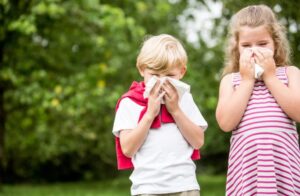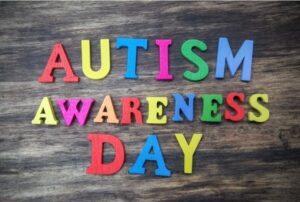Fever is a common concern for parents, often signaling that a child’s body is fighting off an infection. Knowing when to worry and how to manage a fever is essential for ensuring your child’s well-being. This article breaks down what constitutes a fever, its common causes, and actionable care tips for parents.
What Is a Fever in Children?
A fever is a temporary increase in body temperature, often a sign of the immune system responding to an infection. Normal body temperature ranges from 36.5°C to 37.5°C (97.7°F to 99.5°F). Fever thresholds vary depending on how the temperature is measured:
- Rectal, ear, or forehead thermometer: Fever = 38°C (100.4°F) or higher.
- Oral thermometer: Fever = 37.8°C (100°F) or higher.
- Axillary (armpit) thermometer: Fever = 37.2°C (99°F) or higher.
Fever itself isn’t a disease but rather a symptom that helps the body combat infections by creating an environment less hospitable to bacteria and viruses.
Common Causes of Fever in Children
Understanding the possible causes of fever can help parents respond appropriately:
- Viral Infections: These include the common cold, flu, or hand-foot-mouth disease.
- Bacterial Infections: Strep throat, ear infections, and urinary tract infections are common culprits.
- Post-Vaccination Fevers: Mild fevers may occur as the body builds immunity after vaccinations.
- Teething: While teething can raise body temperature slightly, it rarely causes high fever.
- Heat Exhaustion: Prolonged exposure to hot weather may result in fever.
- More Serious Conditions: Rarely, fever may indicate meningitis, pneumonia, or other serious illnesses.
When to Seek Medical Attention
While most fevers resolve on their own, certain situations call for immediate medical care:
Fever in Infants
- Infants under 3 months: A fever above 38°C (100.4°F) is a medical emergency due to their underdeveloped immune systems.
Prolonged or High Fevers
- Fever lasting more than 5 days.
- A very high fever exceeding 40°C (104°F).
Concerning Symptoms
Seek help if the fever is accompanied by:
- Persistent vomiting or diarrhea.
- Severe headache, stiff neck, or rash.
- Breathing difficulties or rapid breathing.
- Unusual drowsiness, irritability, or confusion.
Febrile Seizures
Some children (ages 6 months to 5 years) may experience seizures due to a rapid temperature rise. Though generally harmless, consult a doctor for proper evaluation.
How to Care for a Child with Fever
Home Management Tips
- Hydration: Offer plenty of fluids to prevent dehydration.
- Rest: Encourage rest, as energy is needed to fight infection.
- Light Clothing: Dress your child in light, breathable fabrics to avoid overheating.
- Fever-Reducing Medications: Use acetaminophen or ibuprofen as directed by a pediatrician. Avoid aspirin due to the risk of Reye’s syndrome.
Avoid Over-Treatment
Not all fevers require medication. If your child is eating, drinking, and playing normally, the fever may resolve without intervention.
FAQs About Fever in Children
- What foods help reduce fever in children?
Foods like soups, broths, and hydrating fruits can soothe symptoms and support recovery. - Can teething cause a high fever?
No, teething typically results in only a mild temperature increase. - What’s the best way to take a child’s temperature?
Rectal thermometers are the most accurate for infants, while ear or forehead thermometers work well for older children.
Conclusion
Fever is a natural part of the body’s defense system and often resolves without complications. By understanding the causes and proper care techniques, parents can confidently manage their child’s fever. Always consult a pediatrician if you’re uncertain about the severity or underlying cause, especially for infants or prolonged fevers.
References
- Mayo Clinic. (2023). Fever in children: First aid.
- HealthyChildren.org. (2023). Fever and your child.
- KidsHealth. (2023). Fevers in children.













